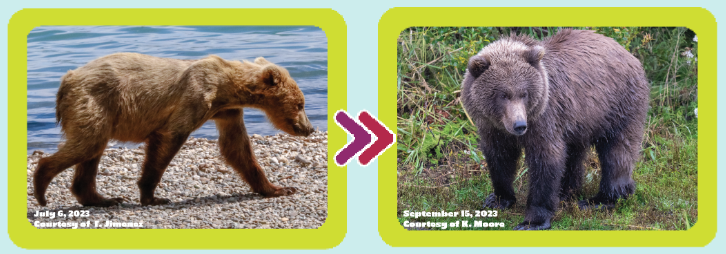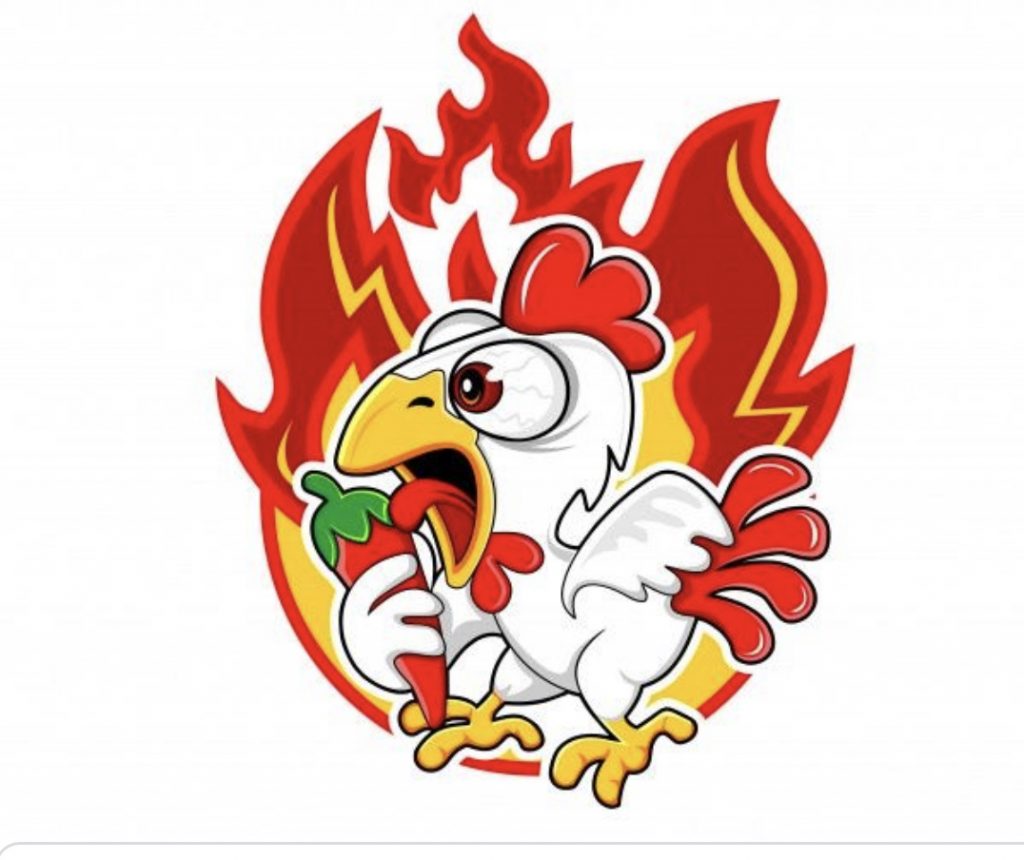Turns out Endless Shrimp was more than a lousy idea; there may have been shrimp-supply chicanery involved. But the attraction here is Patrick Boyle, who gets the comedy of business like no one else.
Fat Bear Week

October 4-10 is Fat Bear Week! Your vote decides who wins. The single elimination tournament contestants will be revealed 10/02/23, on explore.org’s Brooks Live Chat Channel. Vote for your favorites.
Fat Bear Week is a subjective competition. Many factors lead to success in brown bears. Cubs and subadult (teenage) bears grow proportionally more each year than even the biggest adults. Mother bears must feed themselves and their cubs so the family can survive winter. An older bear can have difficulty finding access to its preferred fishing spots due to competition with larger and younger bears.
The bears you are watching on the cams in Katmai National Park, Alaska, are brown bears. Grizzly bears and brown bears are the same species (Ursus arctos), but grizzly bears are currently considered to be a separate subspecies (U. a. horribilis). The difference between a grizzly bear and a brown bear is fairly arbitrary. In North America, brown bears are generally considered to be those of the species that have access to coastal food resources like salmon. Grizzly bears live further inland and typically do not have access to marine-derived food resources.
Besides habitat and diet, there are physical and (arguably) temperamental differences between brown and grizzly bears. Large male brown bears in Katmai can routinely weigh over 1000 pounds (454 kg) in the fall. In contrast, grizzly bears in Yellowstone National Park weigh far less on average. There have been no documented cases of grizzly bears weighing over 900 pounds (408 kg) in Yellowstone.
The Horror
I’ll see you there.
Loathsome Ad Jingle
You’re welcome.
Oh The Humanity

Feels like summer.
Question For The NashVega$ Bastardate

A friend (yes, I still have some) from another region is soon visiting Nashville and has asked me which restaurant is most favored by local hot chicken cognoscenti. I’ve eaten at a few, but the only name I remember is Hattie B’s (there’s one in Memphis). Any suggestions?
Yummy
No lips or assholes in sight.
New PTA
This looks fantastic. The lead is Cooper Hoffman, son of Philip Seymour.
Weiner’s Circle
When worlds collide: Kenneth, Triumph, meat purveyors.
Hey Look Everybody, It’s Jonny!
I think he wrote a song for a certain Bastard’s birthday.
